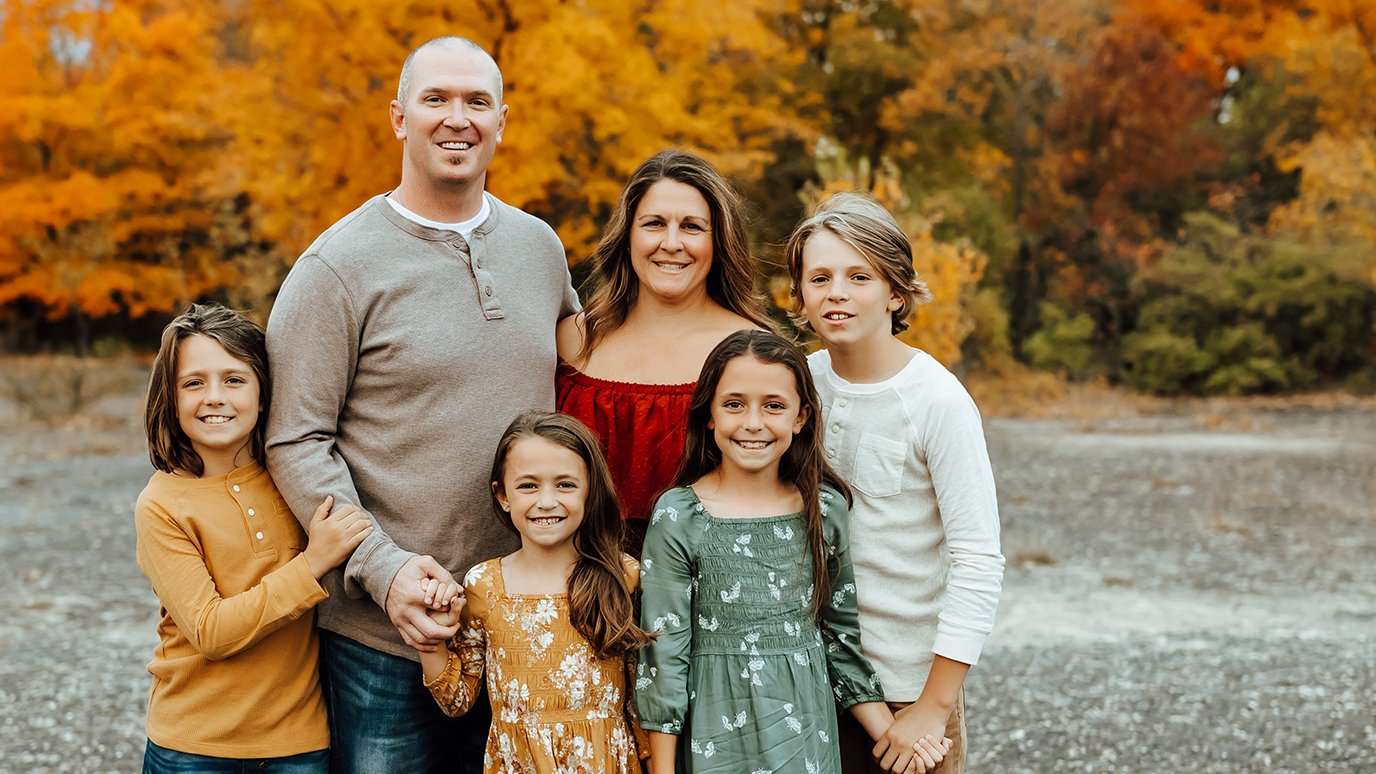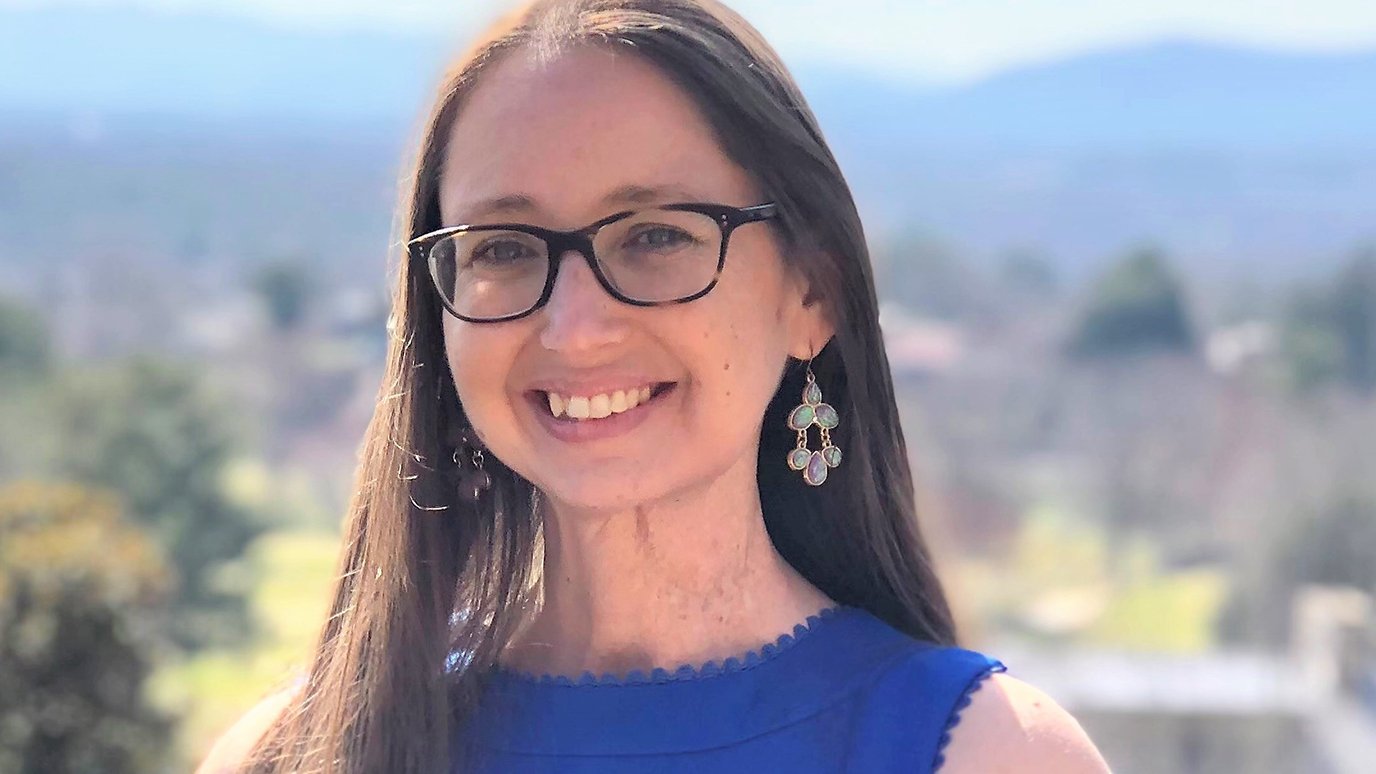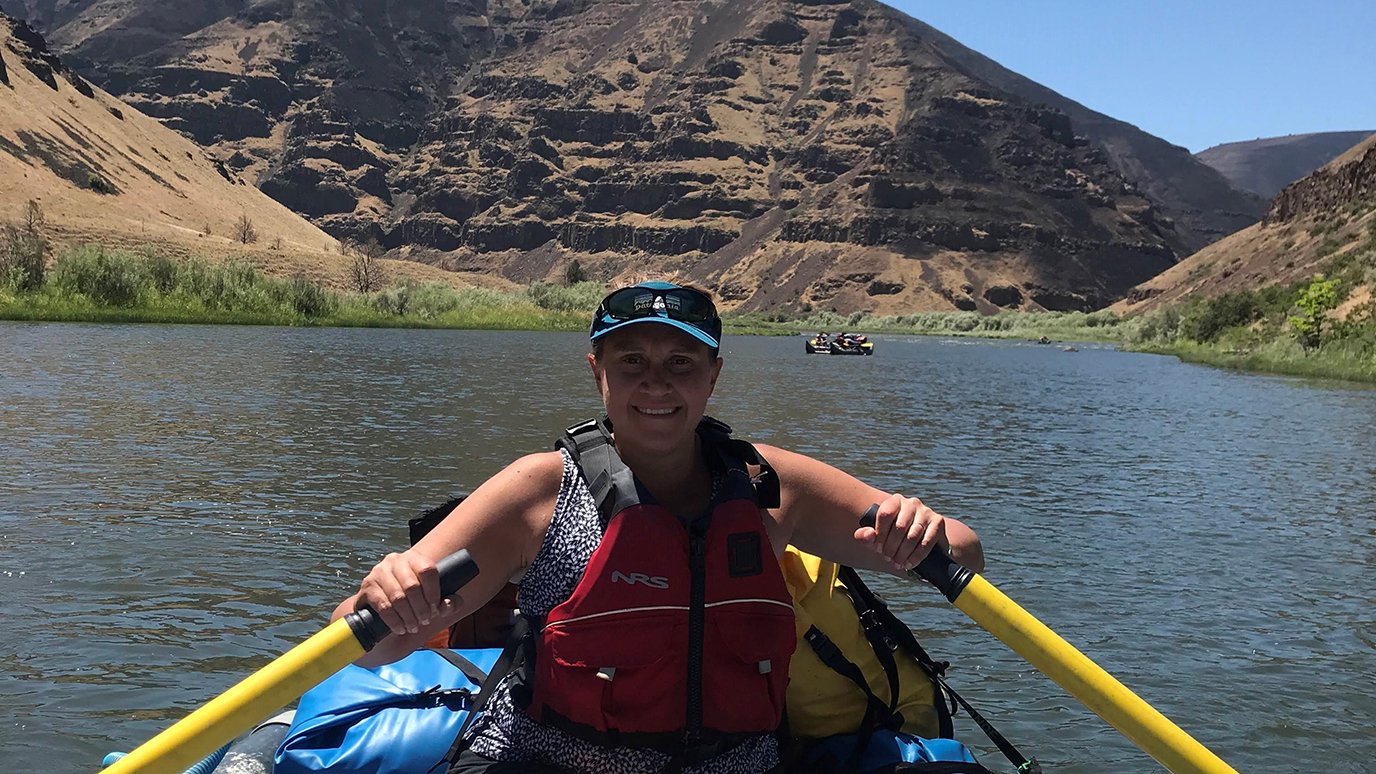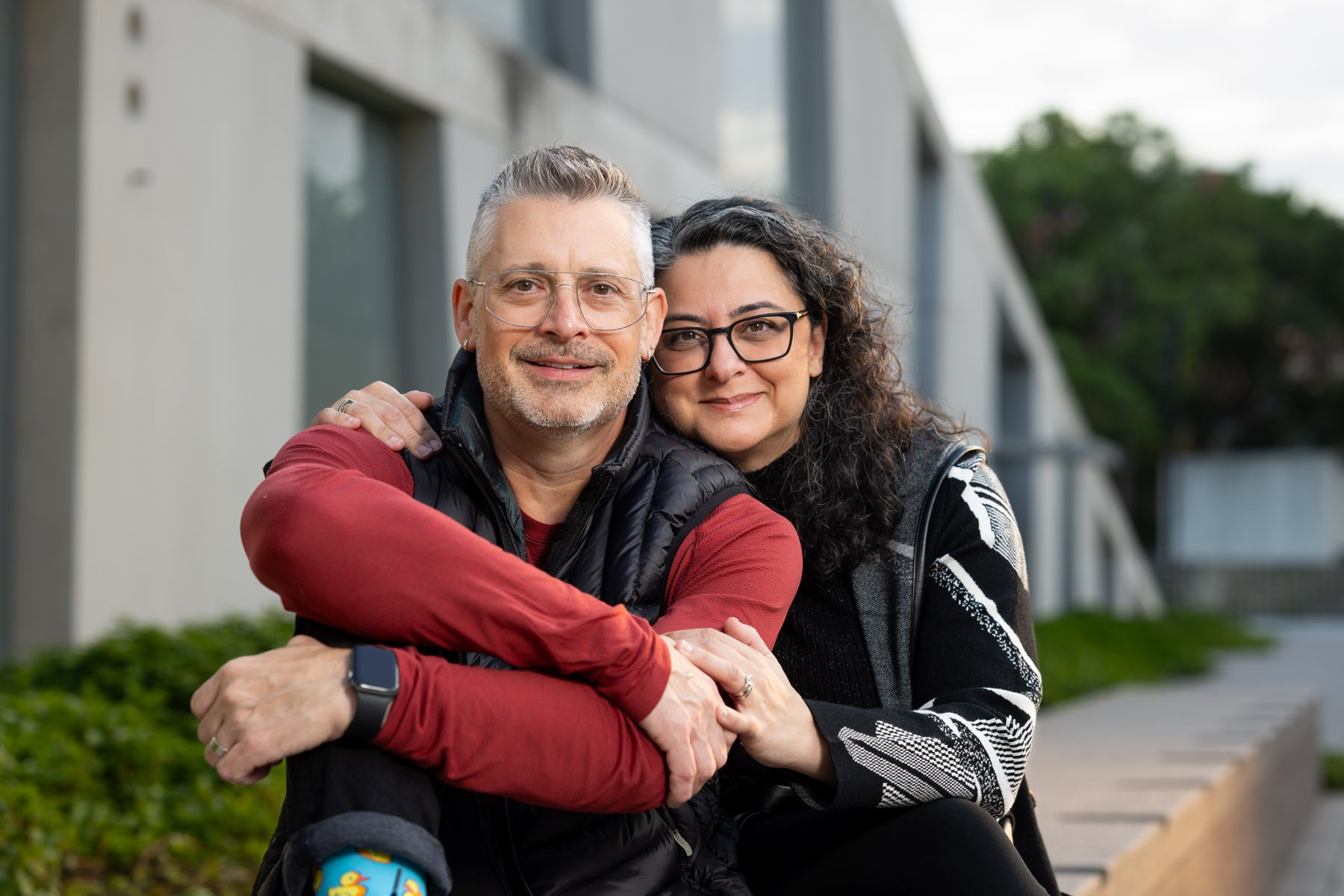- Diseases
- Acoustic Neuroma (14)
- Adrenal Gland Tumor (24)
- Anal Cancer (68)
- Anemia (2)
- Appendix Cancer (16)
- Bile Duct Cancer (26)
- Bladder Cancer (72)
- Brain Metastases (28)
- Brain Tumor (232)
- Breast Cancer (714)
- Breast Implant-Associated Anaplastic Large Cell Lymphoma (2)
- Cancer of Unknown Primary (4)
- Carcinoid Tumor (8)
- Cervical Cancer (158)
- Colon Cancer (166)
- Colorectal Cancer (116)
- Endocrine Tumor (4)
- Esophageal Cancer (44)
- Eye Cancer (36)
- Fallopian Tube Cancer (8)
- Germ Cell Tumor (4)
- Gestational Trophoblastic Disease (2)
- Head and Neck Cancer (12)
- Kidney Cancer (128)
- Leukemia (342)
- Liver Cancer (50)
- Lung Cancer (286)
- Lymphoma (278)
- Mesothelioma (14)
- Metastasis (30)
- Multiple Myeloma (100)
- Myelodysplastic Syndrome (60)
- Myeloproliferative Neoplasm (4)
- Neuroendocrine Tumors (16)
- Oral Cancer (100)
- Ovarian Cancer (172)
- Pancreatic Cancer (160)
- Parathyroid Disease (2)
- Penile Cancer (14)
- Pituitary Tumor (6)
- Prostate Cancer (146)
- Rectal Cancer (58)
- Renal Medullary Carcinoma (6)
- Salivary Gland Cancer (14)
- Sarcoma (238)
- Skin Cancer (296)
- Skull Base Tumors (56)
- Spinal Tumor (12)
- Stomach Cancer (64)
- Testicular Cancer (28)
- Throat Cancer (92)
- Thymoma (6)
- Thyroid Cancer (96)
- Tonsil Cancer (30)
- Uterine Cancer (80)
- Vaginal Cancer (16)
- Vulvar Cancer (20)
- Cancer Topic
- Adolescent and Young Adult Cancer Issues (20)
- Advance Care Planning (10)
- Biostatistics (2)
- Blood Donation (18)
- Bone Health (8)
- COVID-19 (362)
- Cancer Recurrence (120)
- Childhood Cancer Issues (120)
- Clinical Trials (630)
- Complementary Integrative Medicine (22)
- Cytogenetics (2)
- DNA Methylation (4)
- Diagnosis (232)
- Epigenetics (6)
- Fertility (62)
- Follow-up Guidelines (2)
- Health Disparities (14)
- Hereditary Cancer Syndromes (126)
- Immunology (18)
- Li-Fraumeni Syndrome (8)
- Mental Health (116)
- Molecular Diagnostics (8)
- Pain Management (62)
- Palliative Care (8)
- Pathology (10)
- Physical Therapy (18)
- Pregnancy (18)
- Prevention (914)
- Research (392)
- Second Opinion (74)
- Sexuality (16)
- Side Effects (604)
- Sleep Disorders (10)
- Stem Cell Transplantation Cellular Therapy (216)
- Support (402)
- Survivorship (320)
- Symptoms (182)
- Treatment (1786)
Thyroid cancer survivor: Targeted therapy saved my life
4 minute read | Published April 16, 2019
Medically Reviewed | Last reviewed by an MD Anderson Cancer Center medical professional on April 16, 2019
I probably wouldn’t be here today if I’d accepted the standard treatment for my stage IV anaplastic thyroid cancer and stayed in San Diego for my cancer care.
But I took my doctor’s advice and went to MD Anderson instead. My oncologist, Dr. Ramona Dadu, my surgeon, Dr. Mark Zafereo, and the Endocrine Center saved my life. They stepped out of the box to do something different for my thyroid cancer treatment — and it worked. I’ve been cancer-free since December 2017.
My anaplastic thyroid cancer symptoms
I showed no symptoms of thyroid cancer until June 2017, when I suddenly started having trouble swallowing. I went to my chiropractor, thinking I just needed an adjustment. But he felt all around my neck and told me to see a head and neck specialist. Something was growing there.
The specialist performed a biopsy. It showed I had cancer, but he wasn’t sure what kind. A PET scan revealed spots of cancer throughout my neck, so it could have come from my esophagus, thyroid or salivary glands.
The specialist removed more than a dozen lymph nodes from my neck on Aug. 17. They were all cancerous. But he wasn’t able to remove the largest growth because it was sitting right on top of my esophagus. He said his facility didn’t have the team for that and suggested I travel to MD Anderson.
Genetic mutation leads to targeted therapy
I took his advice and made an appointment at MD Anderson.
After MD Anderson head and neck surgeon Dr. Randal Weber had done his own exam and reviewed all my scans and records, he told us he thought I had anaplastic thyroid cancer. But he referred me to the Endocrine Center for confirmation and to see if my tumor could be shrunk. Due to its size and location, my tumor was inoperable at that point.
At the Endocrine Center, I met with Dr. Ramona Dadu. She confirmed Dr. Weber’s diagnosis and said she suspected my cancer also had a BRAF mutation, which meant it would respond well to two targeted therapy drugs: dabrafenib and trametinib. Dr. Dadu performed a blood test to confirm it, but went ahead and started me on the drugs, because the cancer was so fast-growing and the drugs are so fast-acting. We’d know in a matter of days if my cancer was responding, possibly even before the test results came back.
My Christmas miracle
When I first started taking the targeted therapy, my only goal was to live long enough to watch my younger son graduate from college in mid-December. I couldn’t participate in the clinical trial related to the drugs because I could barely swallow water at that point, so pills were out of the question.
But within four days of my first dose (which I received through a feeding tube), I could already feel the tumor starting to shrink. By the time I returned to MD Anderson for my follow-up in October, all that was left of the cancer was dead tissue.
That was great news, of course, but I still needed a surgeon who was willing to remove it from my neck — a complex procedure. The care team presented my case to the tumor board, and luckily for me, Dr. Mark Zafereo stepped up. On Dec. 6, 2017, he removed my thyroid and cleaned out all the dead tissue. About a week later, I was well enough to drive up to Dallas with my wife to watch our son cross the stage and collect his diploma. We’ve called it my Christmas miracle ever since.
Benefitting from the clinical trial I didn’t join
I don’t know if I’ve been cured of anaplastic thyroid cancer yet, and I might never know, because this is such a new protocol for that disease. But if I hadn’t gone to MD Anderson, I probably wouldn’t be here at all. So, I benefitted from that clinical trial, even if I couldn’t participate. And I will gladly stay on these drugs for the rest of my life — or until they stop working, whichever comes first.
I’m thrilled that this combination was approved by the U.S. Food and Drug Administration for use in treating anaplastic thyroid cancer last May. It was already approved as a treatment for metastatic melanoma, but was being studied for use in treating anaplastic thyroid cancer, too.
Now, every time I see that new use listed on the information sheet that comes with my prescription, I feel proud. Because even though I couldn’t join the clinical study myself, my data helped prove that protocol’s effectiveness — so, I played a part in Making Cancer History®.
Request an appointment at MD Anderson online or by calling 1-844-982-1565.
Related Cancerwise Stories

They stepped out of the box, and it worked.
Scott Appleby
Survivor





